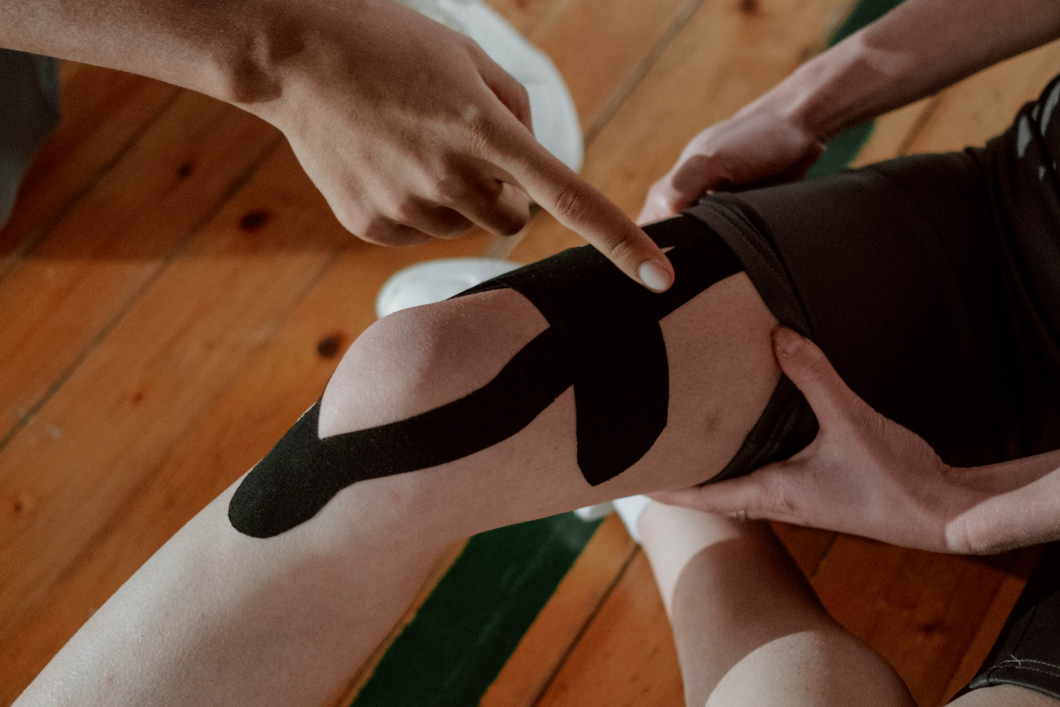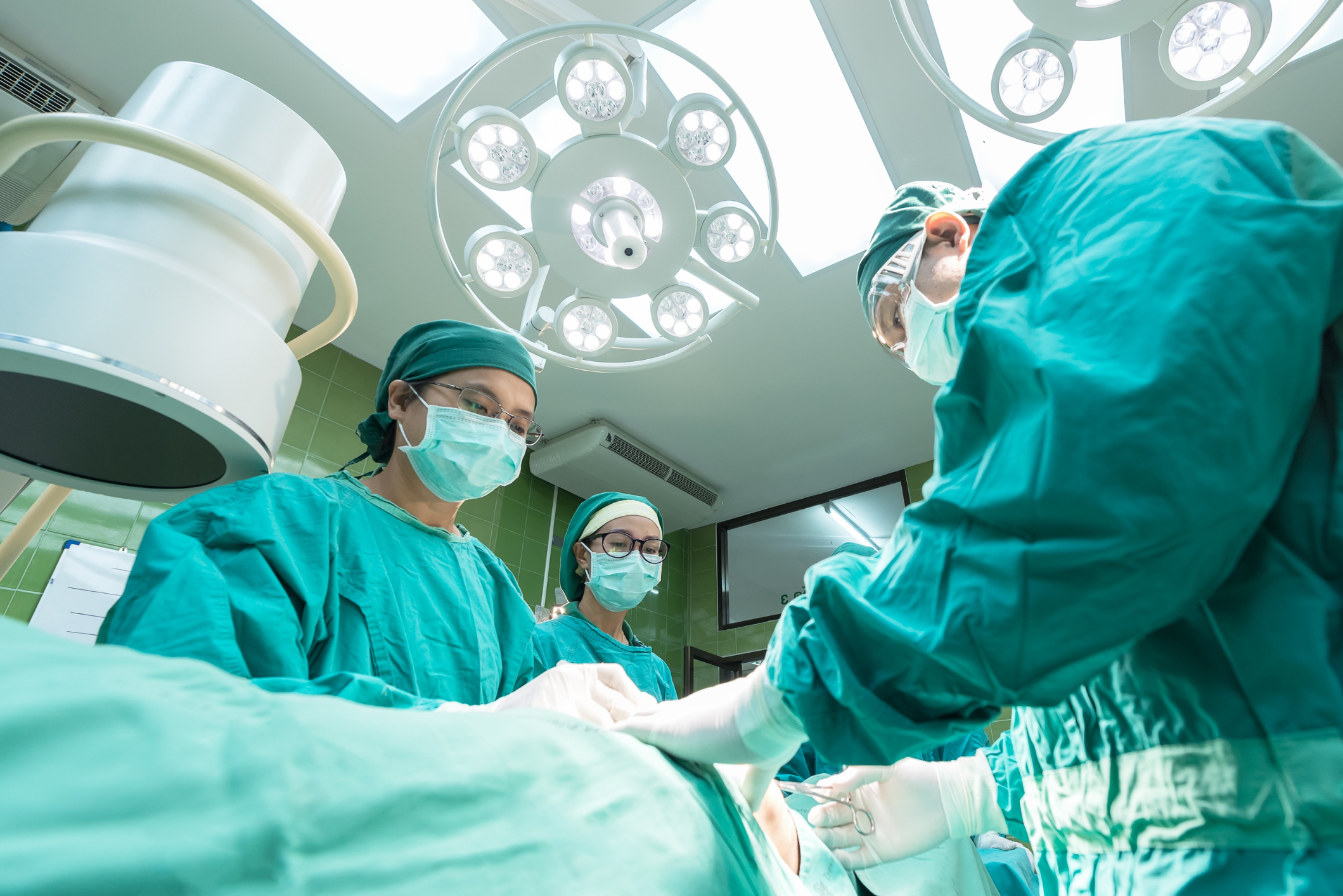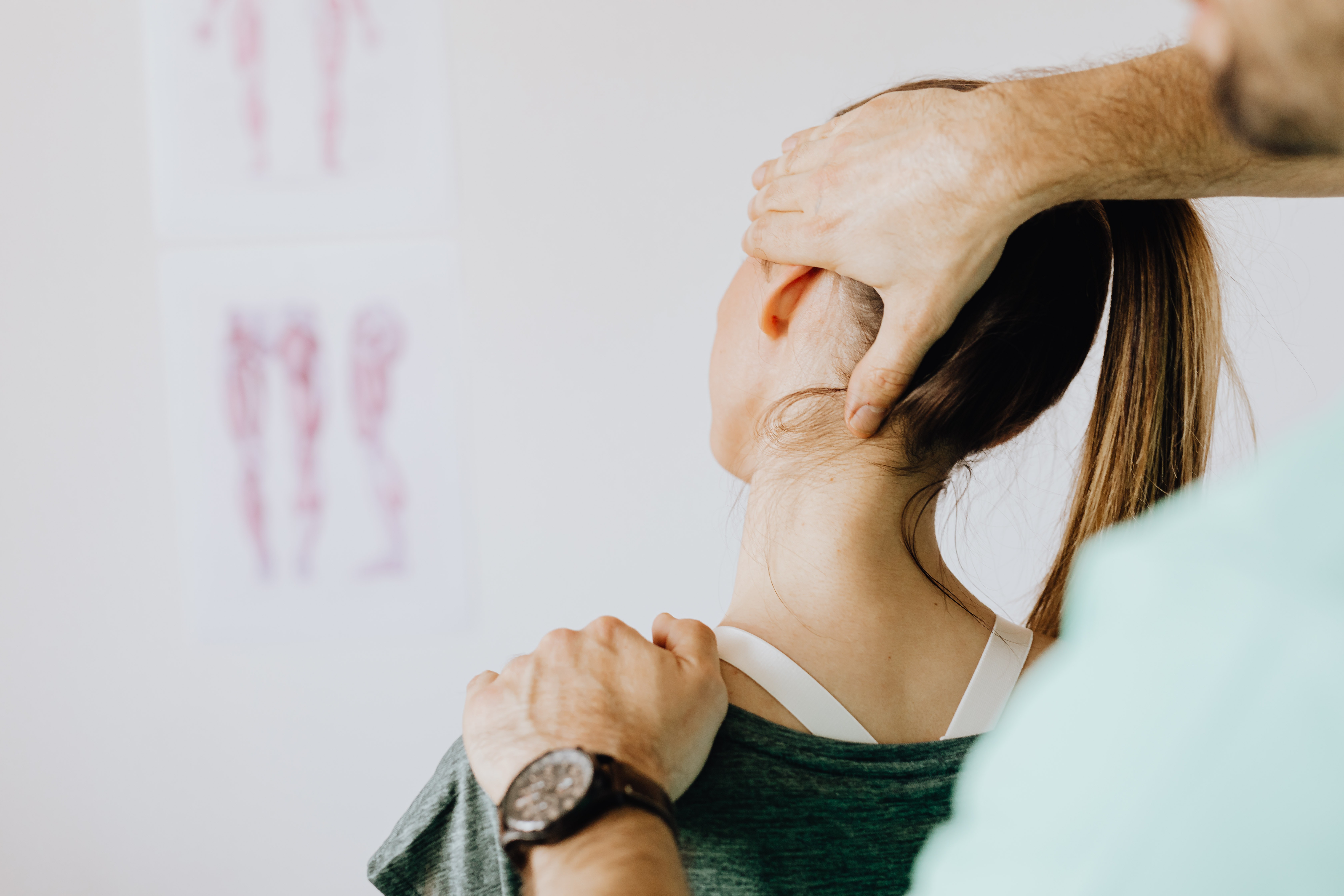This article has been fact-checked by Dr Henry Chan, orthopaedic surgeon at Surgi-TEN Specialists, Farrer Park Hospital, Singapore.
About the Doctor
Knee replacement surgery may be recommended by an orthopaedic surgeon when one’s knee has been damaged to the point where bending the knee is impossible without debilitating pain. Knee replacement surgery serves the following purposes:
- Replace and smoothen damaged cartilage.
- Straighten deformed legs to restore and correct alignment. This also alleviates stress on the other joints.
Severe injury or any form of advanced arthritis, most commonly osteoarthritis, can cause degeneration to the point that the knees become deformed and painful.
Surgeons are likely to recommend knee replacement surgery when:
- The patient experiences severe pain even at rest and well into the night
- Oral pain relief medication is ineffective
- Physical therapy doesn’t work
The two types of knee replacement surgery are:
- Total knee replacement
This is a major surgery which requires replaces the entire knee joint, including the ligaments. The damaged parts of the knee will be resurfaced and replaced with artificial implants made of surgical-grade metal. The patient will need to be hospitalised for three to five days.
- Partial knee replacement
Compared to total knee replacement, the incision area for partial knee replacement is half the size. Anterior and posterior cruciate ligaments (more commonly referred to as ACL and PCL) which control the movement of the knee are kept intact. Hospitalisation and recovery period are expected to be faster than patients who undergo total knee replacement.
Who is eligible for a partial knee replacement
The best candidates for partial knee replacement are those who have damage in only one part of the knee. Their ACL and PCL should be stable and functional. There should be good range of motion in the knee.
Not everyone is eligible for a partial knee replacement. If the damage to the knee is too severe, total knee replacement may be more suitable instead. Your orthopaedic surgeon will be the best person to assess and advise on your course of treatment.
What to expect after surgery
Most patients will be able to get out of bed and move around with a walking frame one day after surgery. They may need a walking aid for the first few weeks, and will gradually grow to rely on the aid less once they regain muscle control and balance. Patients will feel pain after the surgery to varying degrees. Numbness and stiffness around the incision area are common.
Exercise is an important part of rehabilitation to regain optimal knee range, strength and function in day-to-day activities. Pre-surgery, they will be taught to perform simple exercises that will need to be performed after operation. This is important in preventing blood clots. After surgery, patients will also need to go for physiotherapy for up to three to six months. One should not expect restoration of full motion with the new knee. However, with proper recovery, patients should experience improvement of function and diminished pain compared to what they experienced right before surgery.



















